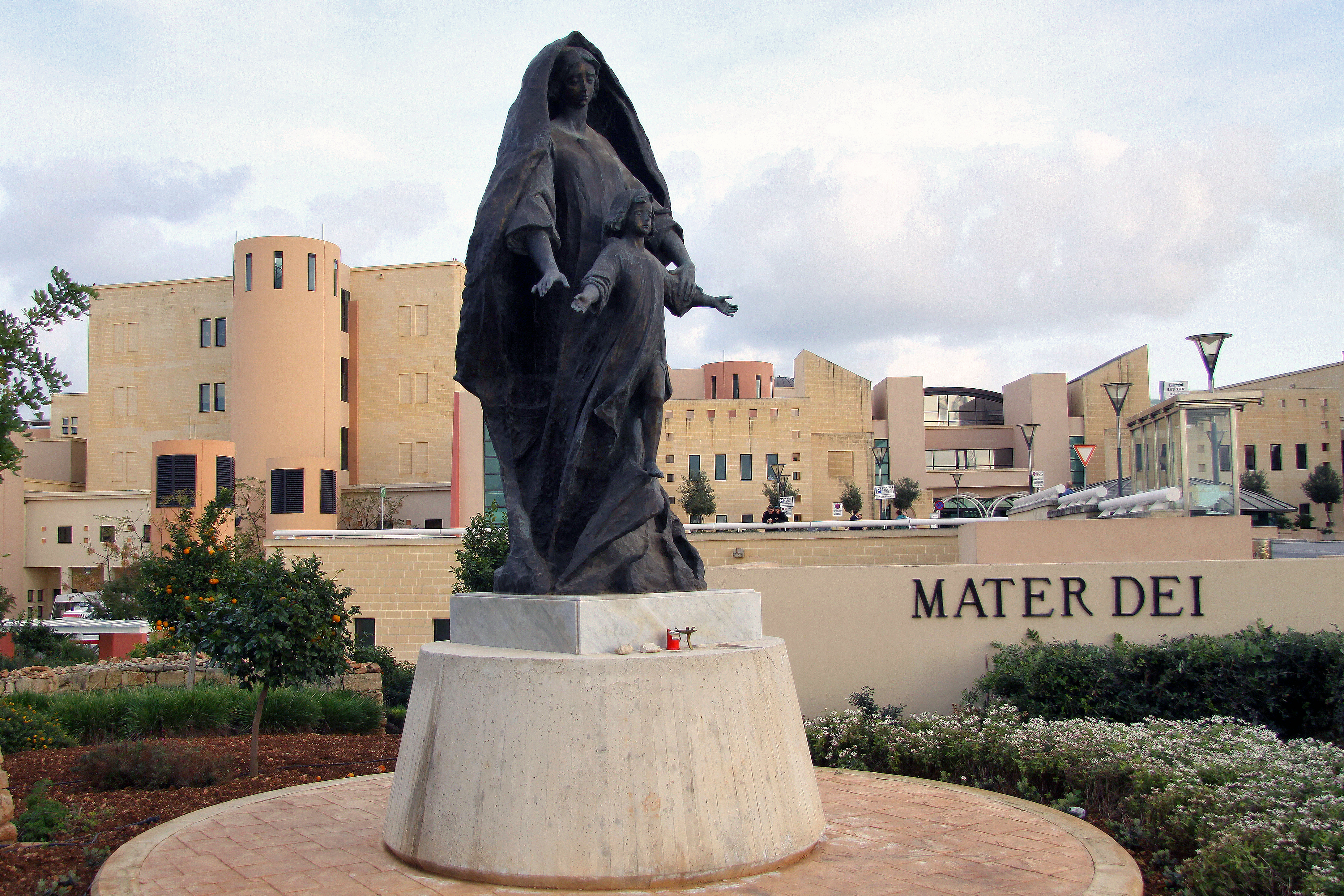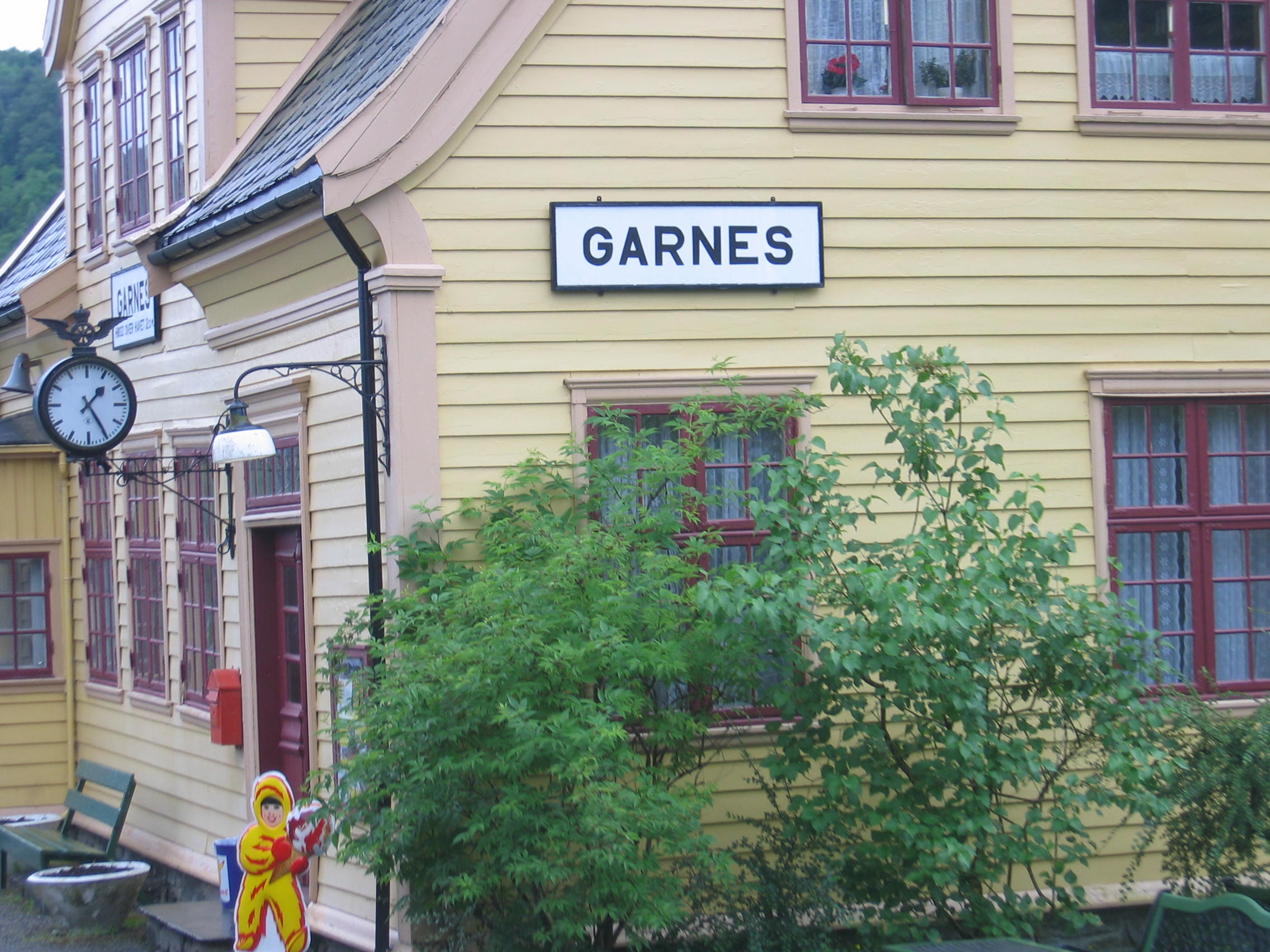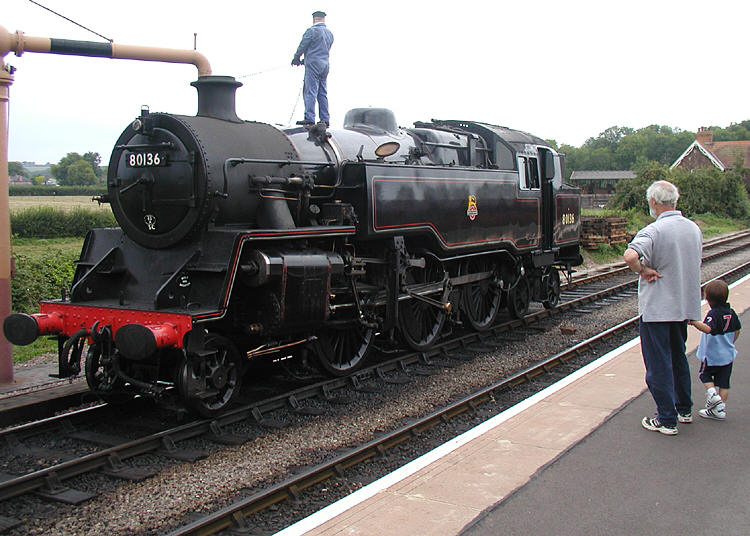|
Ulriken Tunnel
The Ulriken Tunnel ( no, Ulrikstunnelen) is a railway tunnel on the Bergen Line between Bergen Station and Arna Station in Bergen Municipality in Vestland county, Norway. Original (old) tunnel The existing long tunnel runs under the northern part of the mountain Ulriken in Bergen. Before the tunnel was opened in 1964, the Bergen Line ran via Nesttun. This stretch is now a heritage railway, the Old Voss Line. The tunnel has single track and is electrified. New tunnel The Norwegian National Rail Administration has plans for building a second tunnel through the mountain. Work on boring the tunnel began in January 2016 and it is the first in Norway to use a tunnel boring machine. On August 29, 2017 infrastructure manager Bane Nor and contractors Strabag and Skanska Skanska AB () is a multinational construction and development company based in Sweden. Skanska is the fifth-largest construction company in the world according to ''Construction Global'' magazine. Notable Sk ... [...More Info...] [...Related Items...] OR: [Wikipedia] [Google] [Baidu] |
Vestland
Vestland is a county in Norway established on 1 January 2020. The county is located in Western Norway and it is centred around the city of Bergen, Norway's second largest city. The administrative centre of the county is the city of Bergen, where the executive and political leadership is based, but the County Governor is based in Hermansverk. The county is one of two counties in Norway that have Nynorsk as their official written language form (the others are neutral as to which form people use). Vestland was created in 2020 when the former counties of Hordaland and Sogn og Fjordane (with the exception of Hornindal municipality, which became part of Volda municipality in Møre og Romsdal county) were merged. History Vestland county is a newly created county, but it has been inhabited for centuries. The area was made up of many petty kingdoms under the Gulating during the Middle Ages. The northern part was the known as ''Firdafylke'' (now the Fjordane region; Nordfjord-S ... [...More Info...] [...Related Items...] OR: [Wikipedia] [Google] [Baidu] |
Tunnels On The Bergen Line
A tunnel is an underground passageway, dug through surrounding soil, earth or rock, and enclosed except for the entrance and exit, commonly at each end. A pipeline is not a tunnel, though some recent tunnels have used immersed tube construction techniques rather than traditional tunnel boring methods. A tunnel may be for foot or vehicular road traffic, for rail traffic, or for a canal. The central portions of a rapid transit network are usually in the tunnel. Some tunnels are used as sewers or aqueducts to supply water for consumption or for hydroelectric stations. Utility tunnels are used for routing steam, chilled water, electrical power or telecommunication cables, as well as connecting buildings for convenient passage of people and equipment. Secret tunnels are built for military purposes, or by civilians for smuggling of weapons, contraband, or people. Special tunnels, such as wildlife crossings, are built to allow wildlife to cross human-made barriers safely. ... [...More Info...] [...Related Items...] OR: [Wikipedia] [Google] [Baidu] |
Railway Tunnels In Vestland
Rail transport (also known as train transport) is a means of transport that transfers passengers and goods on wheeled vehicles running on rails, which are incorporated in tracks. In contrast to road transport, where the vehicles run on a prepared flat surface, rail vehicles (rolling stock) are directionally guided by the tracks on which they run. Tracks usually consist of steel rails, installed on sleepers (ties) set in ballast, on which the rolling stock, usually fitted with metal wheels, moves. Other variations are also possible, such as "slab track", in which the rails are fastened to a concrete foundation resting on a prepared subsurface. Rolling stock in a rail transport system generally encounters lower frictional resistance than rubber-tyred road vehicles, so passenger and freight cars (carriages and wagons) can be coupled into longer trains. The operation is carried out by a railway company, providing transport between train stations or freight customer facilit ... [...More Info...] [...Related Items...] OR: [Wikipedia] [Google] [Baidu] |
Skanska
Skanska AB () is a multinational construction and development company based in Sweden. Skanska is the fifth-largest construction company in the world according to ''Construction Global'' magazine. Notable Skanska projects include renovation of the United Nations Headquarters, the World Trade Center Transportation Hub project, Moynihan Train Hall, 30 St Mary Axe, MetLife Stadium, Mater Dei Hospital, among others. History Aktiebolaget Skånska Cementgjuteriet (Scanian Cement Casting Ltd) was established in Malmö, Sweden, in 1887 by Rudolf Fredrik Berg and started by manufacturing concrete products.Skanska: History It quickly diversified into a construction company and within ten years the company received its first international order. The company played an important role in building Sweden's infrastructu ... [...More Info...] [...Related Items...] OR: [Wikipedia] [Google] [Baidu] |
Strabag
STRABAG SE is an Austrian construction company based in Spittal an der Drau, Austria, with its headquarters in Vienna. It is the largest construction company in Austria and one of the largest construction companies in Europe. The company is active in its home markets Austria and Germany and in all countries of Central, Eastern and South-East Europe, in selected markets in Western Europe, on the Arabian Peninsula, as well as in Canada, Chile, China and India. In these markets STRABAG has subsidiaries or operates on a project-basis. History Origins The business has its origins in two businesses: *Baumeister Lerchbaumer-Isola-KG was founded by Anton Lerchbaumer (1879 - 1954) and his son-in-law, Franz Isola (1901 - 1968), in 1929. In 1954 Anton Lerchbaumer senior died. Franz Isola became the sole manager of the largest private building company in Austria. In 1968 Franz Isola, died and Anton Lerchbaumer junior (1913 - 1974) became manager of the company. The company became known a ... [...More Info...] [...Related Items...] OR: [Wikipedia] [Google] [Baidu] |
Bane NOR
Bane NOR SF, formerly Jernbaneinfrastrukturforetaket (English: ''Railway Infrastructure Company''), is the Norwegian government agency responsible for owning, maintaining, operating and developing the Norwegian railway network, including the track, stations, etc. It is the result of the rail reform of the Conservative-led coalition. The agency which is organized as a state enterprise A state-owned enterprise (SOE) is a government entity which is established or nationalised by the ''national government'' or ''provincial government'' by an executive order or an act of legislation in order to earn profit for the governmen ... became operational on 1 January 2017. Bane NOR, and the Norwegian Railway Directorate replaced the former agency, the Norwegian National Rail Administration ( no, Jernbaneverket). References Government agencies of Norway Rail transport in Norway Railway companies of Norway Government agencies established in 2016 Railway companies establi ... [...More Info...] [...Related Items...] OR: [Wikipedia] [Google] [Baidu] |
Tunnel Boring Machine
A tunnel boring machine (TBM), also known as a "mole", is a machine used to excavate tunnels with a circular cross section through a variety of soil and rock strata. They may also be used for microtunneling. They can be designed to bore through hard rock, wet or dry soil, or sand. Tunnel diameters can range from (micro-TBMs) to to date. Tunnels of less than a metre or so in diameter are typically done using trenchless construction methods or horizontal directional drilling rather than TBMs. TBMs can be designed to excavate non-circular tunnels, including u-shaped, horseshoe, square or rectangular tunnels. Tunnel boring machines are used as an alternative to drilling and blasting (D&B) methods in rock and conventional "hand mining" in soil. TBMs have the advantages of limiting the disturbance to the surrounding ground and producing a smooth tunnel wall. This significantly reduces the cost of lining the tunnel, and makes them suitable to use in urban areas. The major disadva ... [...More Info...] [...Related Items...] OR: [Wikipedia] [Google] [Baidu] |
Old Voss Line
, logo = , logo_width = , logo_alt = , image_name =Type 18 locomotive n. 255 at Garnes.jpg , image_width = , image_alt = , caption = Type 18 locomotive no. 255 at Garnes , color = , locale = Norway , terminus = Garnes & Midttun , map = , map_caption = , map_alt = , mapsize = , connections = Norges Statsbaner , linename = , builtby = Norges Statsbaner , originalopen = 1883 , originalgauge = , originalelec = , owned = Norwegian Railway Society , operator = Norwegian Railway Society , marks = , stations = , length = , preservedgauge = , preservedelec = None , era = , com-years = 1904 , com-events = Gauge converted , com ... [...More Info...] [...Related Items...] OR: [Wikipedia] [Google] [Baidu] |
Heritage Railway
A heritage railway or heritage railroad (US usage) is a railway operated as living history to re-create or preserve railway scenes of the past. Heritage railways are often old railway lines preserved in a state depicting a period (or periods) in the history of rail transport. Definition The British Office of Rail and Road defines heritage railways as follows:...'lines of local interest', museum railways or tourist railways that have retained or assumed the character and appearance and operating practices of railways of former times. Several lines that operate in isolation provide genuine transport facilities, providing community links. Most lines constitute tourist or educational attractions in their own right. Much of the rolling stock and other equipment used on these systems is original and is of historic value in its own right. Many systems aim to replicate both the look and operating practices of historic former railways companies. Infrastructure Heritage railway line ... [...More Info...] [...Related Items...] OR: [Wikipedia] [Google] [Baidu] |
Nesttun
Nesttun is an urban settlement in the borough of Fana in the municipality of Bergen in Vestland county, Norway. It is located approximately south of the city centre. It was the centre of the old Fana municipality, which merged with Bergen in 1972, and is today the administration centre of Fana borough. Nesttun contains a mall, several smaller shops, a library, and Birkeland Church. Climate A problem facing Nesttun is flooding after heavy rain. In 2005, heavy rain caused the river that flows through the town to break its banks. A 2014 article in Fanaposten said that the municipality has taken too few measures to avoid flooding of the magnitude of the 2005 flooding. Transport Until the opening of the Ulriken Tunnel in 1964, Nesttun was a station on the Bergensbanen railway, and a station on the Nesttun-Osbanen railway until its closure in 1935. After lengthy construction work, the two double-lane roads which went through the centre of Nesttun were converted into a pedestria ... [...More Info...] [...Related Items...] OR: [Wikipedia] [Google] [Baidu] |
Ulriken
Ulriken (or the older, ''Ålreken'') is the highest of the Seven Mountains ( no, De syv fjell) that surround the city of Bergen, Norway. It has a height of above sea level. Ulriken has an aerial tramway, Ulriksbanen, that can bring people to the top. At the top there is a TV tower, a restaurant, and free telescopes. There is a network of trails along Ulriken, which is a popular hike with several paths up ranging from steep to not so steep. History One of the slopes of Ulriken, known as Isdalen ("Ice Valley"), is also nicknamed "Death Valley", due to the area's history of suicides in the Middle Ages, and more recent hiking accidents. The valley became well known in 1970 when the remains of the mysterious Isdal Woman was discovered there. Another area of the mountain is called "Montana". Ulriksbanen opened in 1961 and was closed in 1974 after an accident. The cable car closed again in the 1980s due to lack of funds, and again in January 2006, due to the operating company fai ... [...More Info...] [...Related Items...] OR: [Wikipedia] [Google] [Baidu] |






